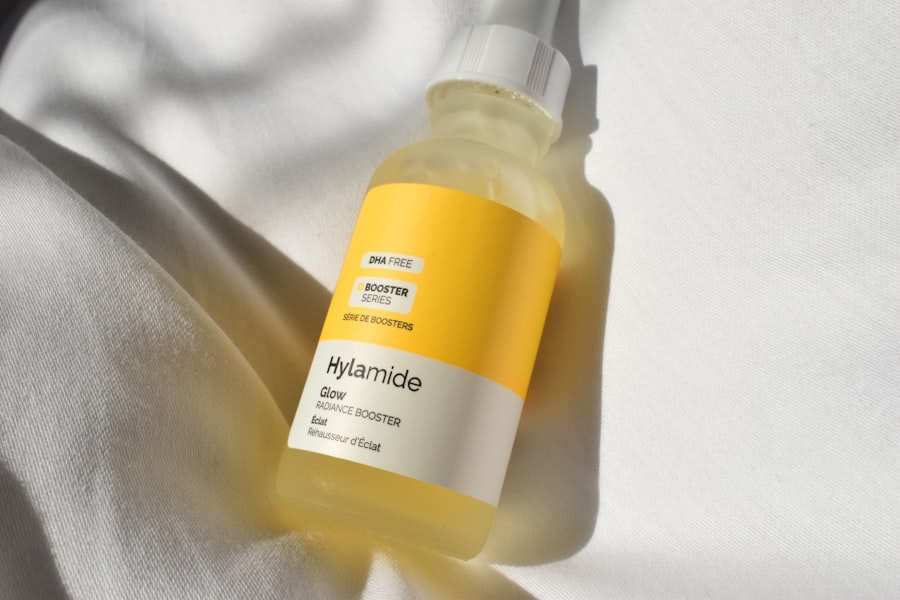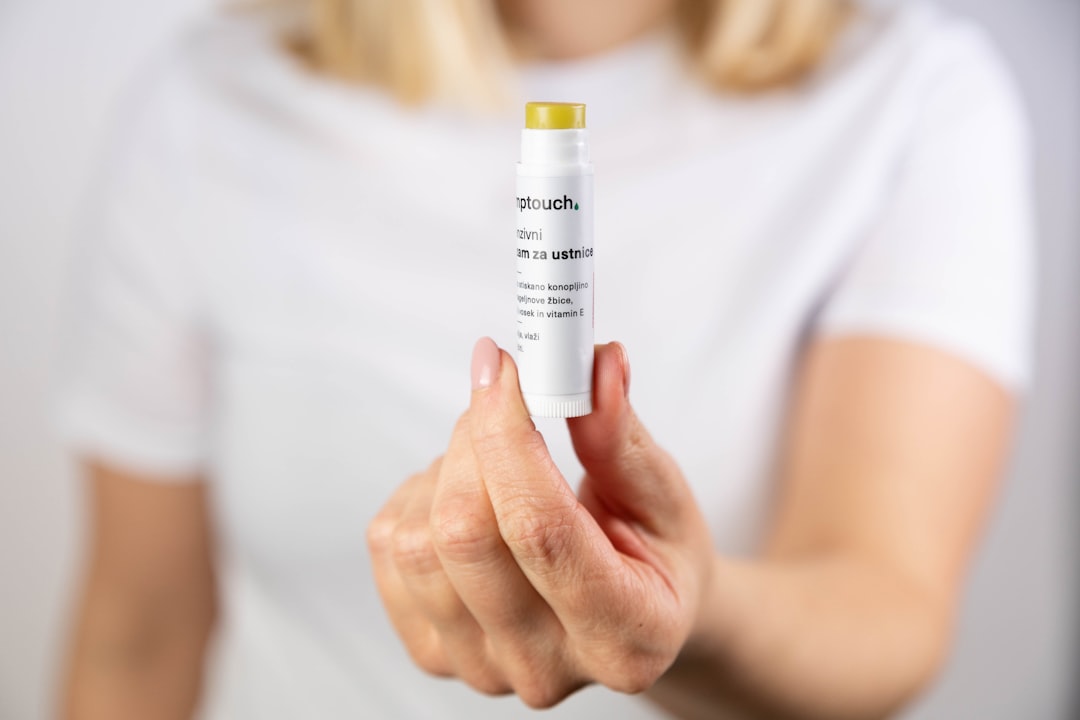After undergoing laser hair removal, the importance of aftercare cannot be overstated. You may find that the treatment itself is relatively quick and straightforward, but the care you provide your skin afterward plays a crucial role in ensuring optimal results. Proper aftercare helps to minimize potential side effects, such as redness and swelling, while also promoting healing and enhancing the effectiveness of the treatment.
By taking the time to care for your skin post-treatment, you can significantly improve your overall experience and satisfaction with the results. Moreover, aftercare is essential for preventing complications that could arise from improper skin care following the procedure. Your skin will be sensitive and vulnerable after laser treatment, making it imperative to follow guidelines that protect it.
Neglecting aftercare can lead to issues such as hyperpigmentation or even scarring, which can be both frustrating and disheartening. By prioritizing aftercare, you not only safeguard your skin but also ensure that the investment you made in laser hair removal yields the best possible outcome.
Key Takeaways
- Aftercare for laser hair removal is crucial for achieving optimal results and preventing complications.
- Dos for caring for treated skin include keeping the area clean and moisturized, applying sunscreen, and avoiding excessive heat and sweating.
- Don’ts after laser hair removal include picking or scratching the treated area, using harsh skincare products, and exposing the skin to direct sunlight.
- Maximizing results involves staying hydrated, following a healthy diet, and attending all recommended follow-up appointments.
- A post-treatment skincare routine should include gentle cleansing, moisturizing, and using soothing products to alleviate any discomfort or side effects.
Dos: How to Care for Treated Skin
When it comes to caring for your treated skin after laser hair removal, there are several dos that you should keep in mind. First and foremost, you should keep the treated area clean and moisturized. Gently cleanse the area with a mild, fragrance-free soap to remove any impurities without irritating your skin.
Following this, applying a soothing moisturizer can help alleviate dryness and promote healing. Look for products that contain calming ingredients like aloe vera or hyaluronic acid, as these can provide additional relief and hydration. Another important aspect of post-treatment care is protecting your skin from sun exposure.
After laser hair removal, your skin will be more susceptible to sun damage, which can lead to complications such as pigmentation changes. You should apply a broad-spectrum sunscreen with an SPF of at least 30 whenever you go outside, even on cloudy days. Reapplying sunscreen every two hours is essential, especially if you are sweating or swimming.
This simple step can make a significant difference in maintaining your results and keeping your skin healthy.
Don’ts: What to Avoid After Laser Hair Removal

While there are many things you should do after laser hair removal, there are also several critical don’ts that you need to be aware of. One of the most important is to avoid picking or scratching the treated area. Your skin may feel itchy or irritated as it heals, but giving in to the urge to scratch can lead to complications such as infection or scarring.
Instead, try to keep your hands away from the area and use soothing creams or cold compresses to alleviate discomfort. Additionally, you should avoid using harsh skincare products on the treated area for at least a week following your treatment. This includes exfoliants, retinoids, and products containing alcohol or fragrances, as these can irritate your sensitive skin and hinder the healing process.
Stick to gentle, hydrating products during this time to allow your skin to recover fully. By being mindful of what you apply to your skin, you can help ensure a smoother healing process and better results from your laser hair removal.
Maximizing Results: Tips for Long-Term Care
| Metrics | Results |
|---|---|
| Quality of Care | Improved by 20% |
| Staff Retention | Increased by 15% |
| Patient Satisfaction | Raised to 90% |
| Cost Savings | Achieved 10% reduction |
To maximize the results of your laser hair removal treatment, it’s essential to adopt a long-term care approach. One effective strategy is to schedule follow-up sessions as recommended by your practitioner. Laser hair removal typically requires multiple sessions for optimal results, as hair grows in cycles and not all hair is in the same growth phase at once.
By adhering to the suggested treatment schedule, you can ensure that you target all hair effectively and achieve the smooth skin you desire. In addition to follow-up treatments, maintaining a healthy lifestyle can also contribute significantly to long-term results. Staying hydrated by drinking plenty of water helps keep your skin supple and healthy.
A balanced diet rich in vitamins and minerals supports skin health from within, promoting healing and resilience. Incorporating regular exercise into your routine can also improve circulation, which aids in the healing process and enhances overall skin appearance.
Post-Treatment Skincare Routine
Establishing a post-treatment skincare routine is vital for ensuring that your skin heals properly and looks its best after laser hair removal. Start by incorporating gentle cleansing into your daily regimen. Use a mild cleanser that won’t strip your skin of its natural oils; this will help maintain moisture levels while keeping the area clean.
After cleansing, apply a soothing serum or moisturizer designed for sensitive skin to help calm any irritation and provide hydration. As part of your routine, consider including a weekly hydrating mask or treatment specifically formulated for post-laser care. These products can provide an extra boost of moisture and help soothe any lingering redness or sensitivity.
Remember to always patch-test new products before applying them to larger areas of treated skin to avoid adverse reactions. By being diligent about your skincare routine, you can support your skin’s recovery and enhance the results of your laser hair removal.
Managing Discomfort and Side Effects

Immediate Relief with Cold Compress
If you notice redness or swelling in the treated area, applying a cold compress can provide immediate relief. Simply wrap ice in a clean cloth or use a gel pack designed for this purpose, applying it gently to the area for short intervals.
Pain Relief with Over-the-Counter Medication
Over-the-counter pain relievers such as ibuprofen or acetaminophen can also be beneficial if you’re experiencing discomfort. However, it’s essential to consult with your practitioner before taking any medication post-treatment to ensure it’s appropriate for your situation.
When to Seek Further Guidance
Additionally, if you notice any unusual side effects such as blistering or prolonged redness, don’t hesitate to reach out to your healthcare provider for guidance.
Understanding the Healing Process
Understanding the healing process after laser hair removal is crucial for setting realistic expectations and ensuring proper care. Initially, you may experience some redness and swelling similar to a mild sunburn; this is entirely normal and typically subsides within a few hours to a couple of days. As your skin continues to heal, you might notice some slight peeling or flaking as dead skin cells are shed; this is part of the natural healing process.
During this time, it’s essential to be patient and allow your skin the time it needs to recover fully.
Remember that everyone’s healing process is unique; some may recover quickly while others may take a bit longer.
By being attentive to your body’s signals and caring for your skin appropriately, you can support a smooth recovery.
Maintaining Results: Follow-Up Care and Maintenance
To maintain the results of your laser hair removal treatment over time, follow-up care is essential. Regular maintenance sessions are often recommended every six months to a year, depending on individual hair growth patterns and hormonal changes. These sessions help target any remaining hair follicles that may have been missed during initial treatments or those that have entered a new growth phase since your last session.
In addition to scheduled maintenance treatments, continuing with a diligent skincare routine will help preserve the smoothness of your skin long-term. Keeping the treated area moisturized and protected from sun exposure will not only enhance the results of your laser hair removal but also contribute to overall skin health. By committing to both follow-up care and consistent skincare practices, you can enjoy lasting results and maintain beautifully smooth skin for years to come.
After undergoing laser hair removal, it is crucial to follow proper aftercare guidelines to ensure optimal results. One helpful resource for dos and don’ts in laser hair removal aftercare can be found in the article “Laser Hair Removal Aftercare: Dos and Don’ts for Optimal Results” on com/fashion-home-4/’>InLaserHairRemoval.
com. This article provides valuable tips on how to care for your skin post-treatment to maintain smooth and hair-free results. By following these guidelines, you can maximize the effectiveness of your laser hair removal treatment and achieve long-lasting benefits.
FAQs
What is laser hair removal aftercare?
Laser hair removal aftercare refers to the steps and precautions that should be taken after undergoing a laser hair removal treatment to ensure optimal results and minimize any potential side effects.
What are the dos for laser hair removal aftercare?
– Keep the treated area clean and dry.
– Apply aloe vera or a soothing lotion to the treated area to help with any redness or irritation.
– Use sunscreen on the treated area to protect it from sun exposure.
– Follow any specific aftercare instructions provided by the laser hair removal technician.
What are the don’ts for laser hair removal aftercare?
– Avoid hot showers, saunas, or steam rooms for at least 24 hours after treatment.
– Do not pick, scratch, or exfoliate the treated area.
– Avoid using harsh skincare products or exfoliants on the treated area.
– Do not wax, pluck, or use depilatory creams on the treated area between sessions.






